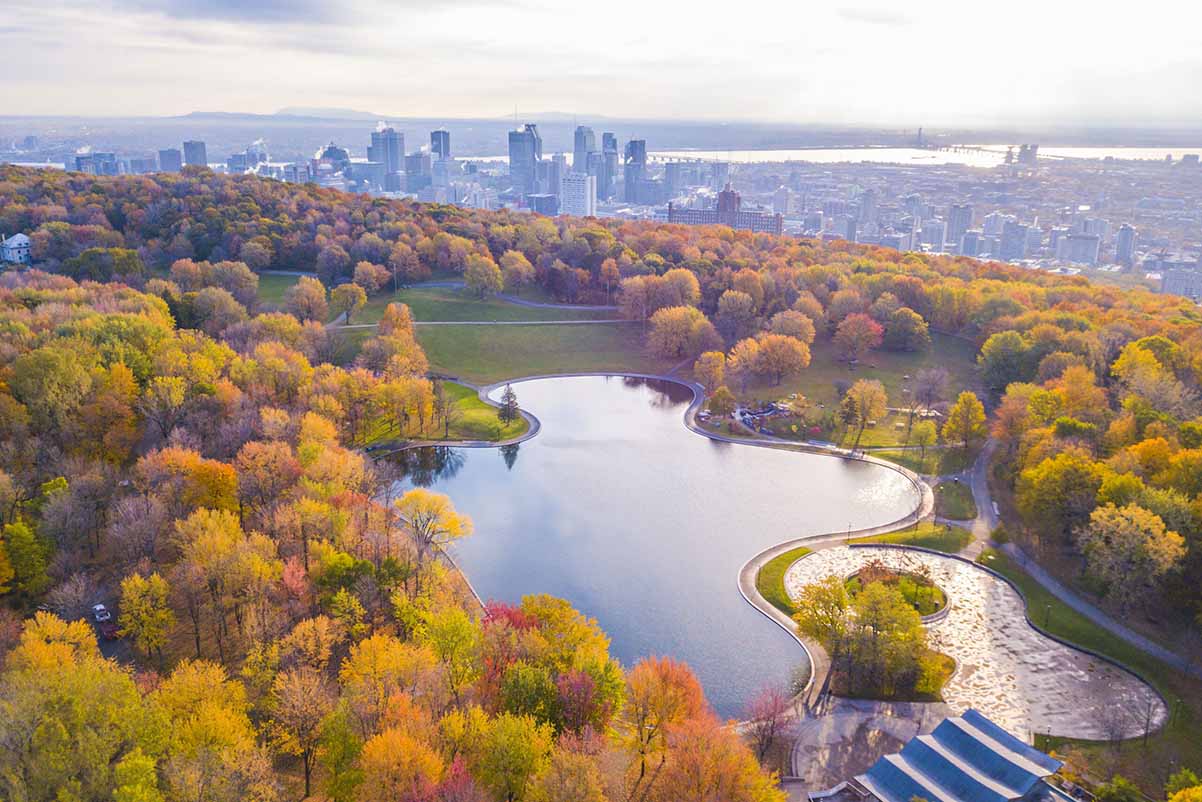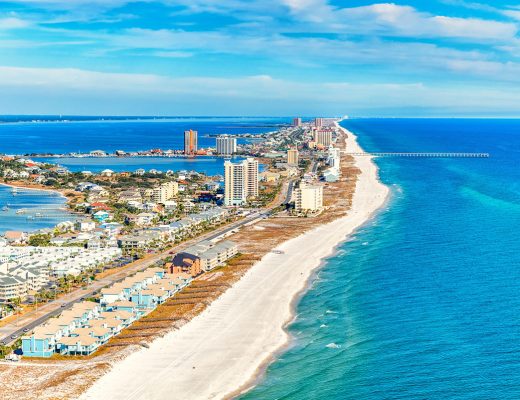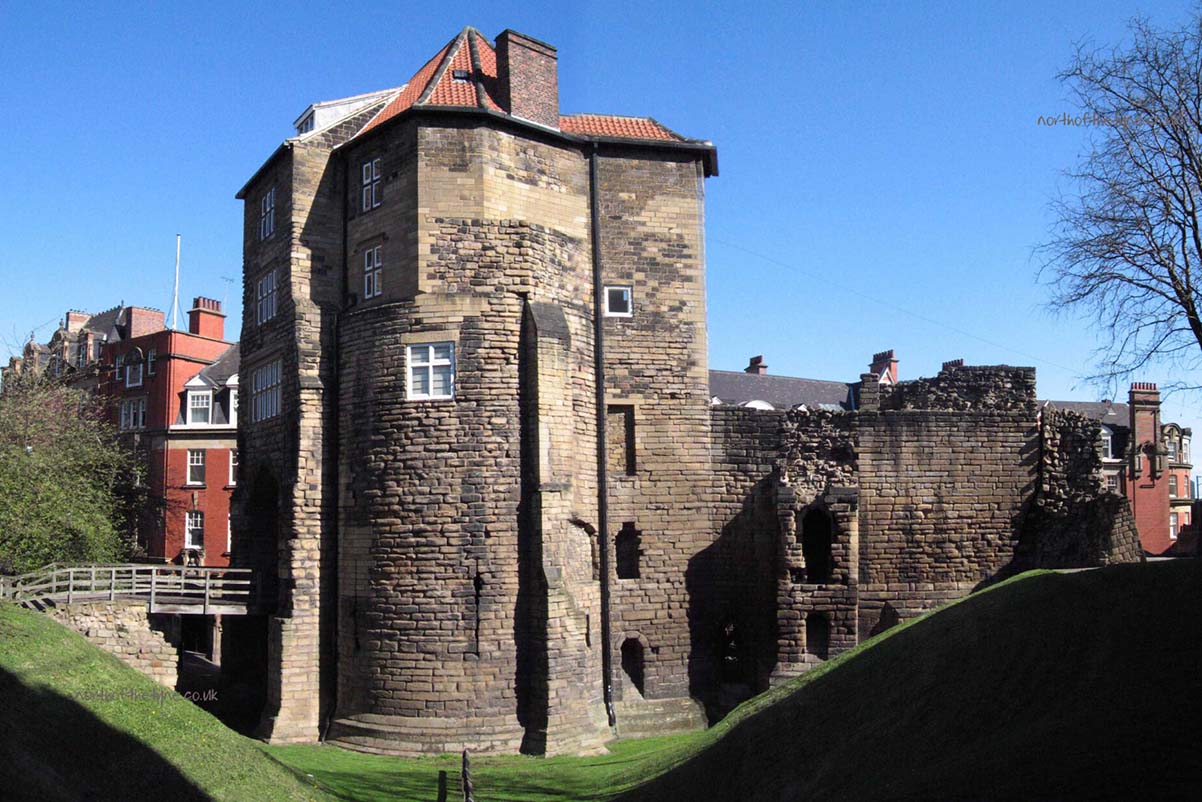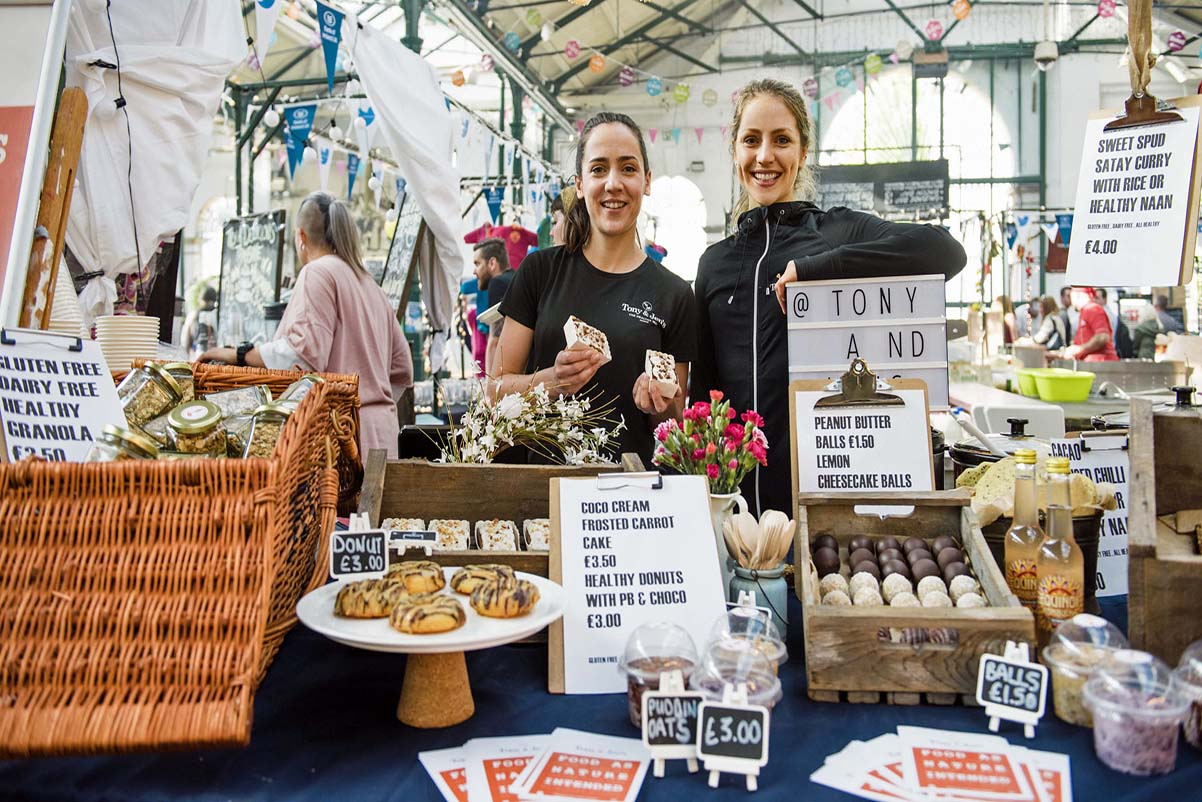The wind had just begun to carry that unmistakable crispness, like a page turning in the calendar. It wasn’t cold exactly, but there was a different weight to the air, scented faintly with wood smoke, damp leaves, and the promise of transition. That’s when I knew it was the right time. Montréal, with its blend of European charm and North American sprawl, had been on my radar for years. But I wanted it in autumn—specifically, I wanted it ablaze with color.
From late September through mid-October, the city becomes something entirely else. It trades its sleek urban cool for something older, something golden. And not just metaphorically. The leaves really do turn gold, and crimson, and rust, and copper. It’s as if the whole city takes a deep breath before the long winter exhale. I flew in the last week of September, a few days ahead of peak foliage. That was intentional—I wanted to see the progression, not just the climax.
After a morning arrival and a few hours adjusting to the rhythm of French murmurs and the smoky sweetness of maple pastries, I set out. I had five places in mind. They weren’t secrets, but each had its own personality, its own angle. They weren’t just “spots to take photos.” These were places where I could breathe in the season. Walk it. Touch it. Here they are, the way I saw them, and the way I lived them.
1. Mount Royal Park (Parc du Mont-Royal): The Beating Heart of Autumn
The first leaves I noticed weren’t on trees at all. They were scattered across the steps leading up to the Chalet du Mont-Royal. Crisp little heralds in bright amber and burgundy, their edges curled from recent rain. My boots crunched over them as I climbed slowly, not from exhaustion, but because every few steps required a pause for beauty.
Mount Royal isn’t subtle. It rises confidently above the city, an emerald oasis most of the year. But in autumn, it’s transformed. The canopy turns into a painter’s palette gone rogue—every branch dipped in something brilliant. I took the long route up from the Peel entrance, winding through the Olmsted Path, designed by Frederick Law Olmsted, the same landscape genius behind Central Park in New York.
As I walked, joggers passed by, couples in sweaters sat on benches sipping thermoses of something hot, and the sound of rustling leaves played above a background score of distant bagpipes. Someone always seems to be playing bagpipes here, and while that sounds like a cliché, it’s completely true. And oddly fitting.
When I finally reached the Kondiaronk Belvedere, the view stunned me into silence. Below, the skyline of downtown Montréal stretched toward the river, framed by trees that looked like they’d caught fire mid-symphony. I stayed for over an hour, just watching. Light shifted. Shadows moved. The city breathed, and I let myself fall into step with it.
2. Botanical Garden (Jardin Botanique): Where Leaves Meet Legacy
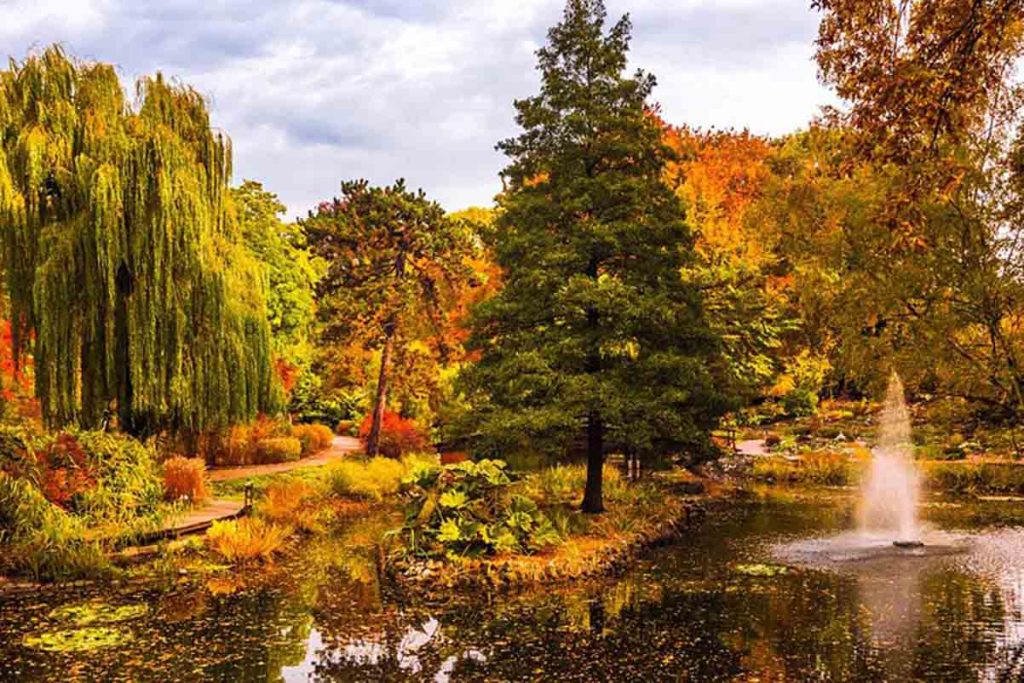
It’s hard to pick a favorite when each destination sings a different song. But if Mount Royal is the epic, the grand opera of fall, then the Montréal Botanical Garden is the chamber music. Intimate, deliberate, and deeply layered. I arrived on a mid-morning when the light was soft, diffuse, filtered through pale cloud cover. The ticket line was short, the chatter in line mostly French, with the occasional tourist asking for “the garden with the lanterns.”
Yes, those lanterns are real—and incredible—but the fall foliage alone makes this place a necessary pilgrimage.
The garden covers more than 75 hectares. I didn’t try to see all of it in a day. Instead, I picked a few thematic gardens and wandered them slowly. The Japanese Garden was meditative—precise trees, each branch trained and curved like it had a story to tell. There, the maples were already in full flame, delicate fingers of fire reaching down over still ponds.
But the Chinese Garden was the most theatrical. Lanterns floated across the water, their colors echoing the trees overhead. Red met red. Yellow met gold. There were dragon-shaped installations that looked like they’d been plucked from a Ming Dynasty festival, and all of it nestled within groves of gingko, maple, and birch.
I stopped for tea at the small pavilion café near the entrance. Warm, grassy, and just a little sweet. I sat under a canopy of ochre leaves, watching gardeners tend to beds that would soon sleep under snow. Nothing in a rush. Everything with purpose.
3. Parc Jean-Drapeau: Island of Unexpected Solitude
Most people know Parc Jean-Drapeau for its summer festivals—Osheaga, Piknic Électronik, the Formula 1 Grand Prix madness. I knew it too, but only through photos and friends’ stories about blistering hot days and endless crowds. So I wasn’t expecting solitude. I wasn’t expecting stillness.
But in early October, that’s exactly what greeted me.
I took the yellow metro line to Jean-Drapeau station, then walked over the bridge toward Île Sainte-Hélène. The island was nearly empty. A few cyclists zipped past in windbreakers, but otherwise, silence. The leaves here were slightly behind peak, their greens just starting to crack and give way. That meant more contrast—the neon green of youth clashing against the deep oranges of surrender.
I wandered along the river path, pausing often to look back at the city across the water. There’s something different about seeing Montréal from afar. It doesn’t feel like a city so much as a mosaic. A collage of eras. Brick, glass, stone, spires. And all of it wreathed now in trees whispering their seasonal secrets.
At the Biosphère, I lingered a while. Its geodesic dome—part Buckminster Fuller, part science fiction—looked oddly at home amid the changing trees. I sat by the water, eating a sandwich I’d packed from a bakery in the Plateau, and watched ducks floating past scarlet leaves that drifted like lazy boats.
4. Lachine Canal: A Stroll Through History and Color
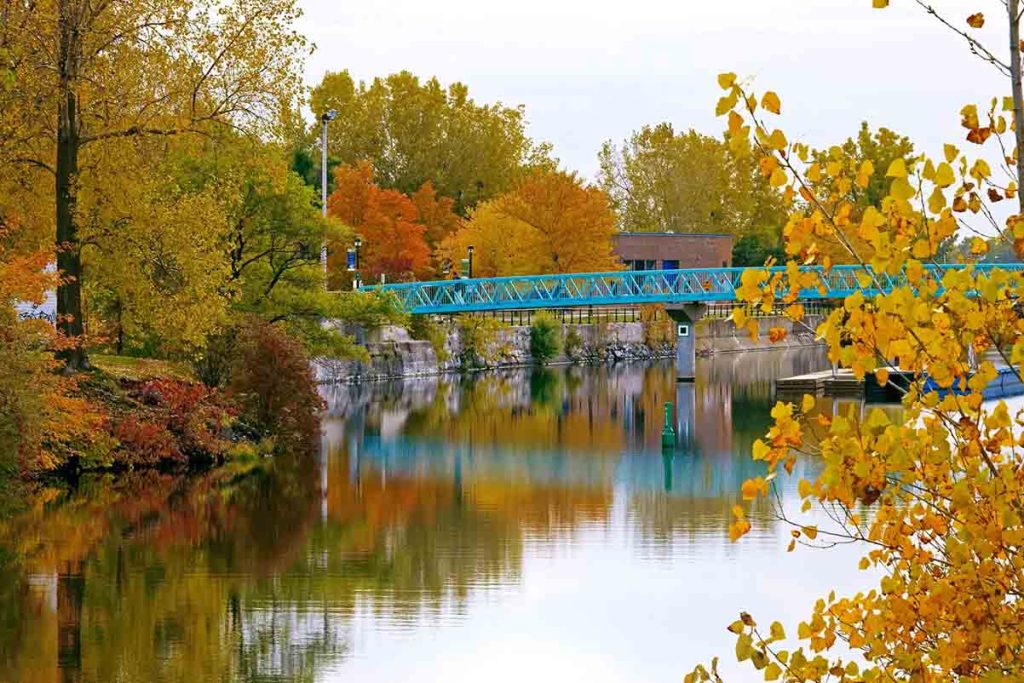
The Lachine Canal isn’t glamorous. At least not in the traditional sense. It doesn’t announce itself. It doesn’t sparkle. But it holds memory in its water, and history in its stones. On a grey afternoon with the kind of low, pressing clouds that make everything feel cinematic, I decided to walk a stretch of it. From Atwater Market to Old Port.
The trees along the canal aren’t tightly packed. They’ve been planted with purpose, spaced evenly, like sentinels. Their colors were nearing peak—burnished copper and russet, their reflections trembling in the canal like old paintings.
I passed cyclists in scarves, families walking dogs, and a painter with an easel set up beneath a sycamore. The wind carried a scent of wet leaves and roasted coffee from a nearby café. I stopped there for a moment—just a quick espresso—and ended up staying almost an hour. Watching the boats, slow and stubborn, drifting past with engines barely audible.
At one point, a flock of geese lifted into the air, cutting across the sky like a jagged arrow. Their honking sounded mournful and determined. Heading south, like they knew something I didn’t.
The closer I got to Old Port, the more the scene changed. Industrial edges softened into cobblestone paths. Trees gave way to iron balconies wrapped in vines, their leaves turning wine-red. It was as if the past and present were layered on top of each other, filtered through fall’s lens.
5. Outremont and the Mile-End: Neighborhoods That Rustle and Glow
There’s a certain magic in not needing to go somewhere to see autumn. Sometimes, it’s enough to wander. That’s how I ended up spending nearly an entire day just walking through the residential streets of Outremont and Mile-End. No destination. Just feet, and eyes, and the occasional maple leaf spiraling down from above like punctuation on a long, rambling sentence.
Outremont is elegance in slow motion. Wide avenues, quiet stone homes, trees that reach across the street like old friends touching fingertips. Here, the leaves weren’t just turning—they were glowing. Golden domes against sandstone facades. Children playing in piles at curbside, shrieking with joy, scattering color like confetti.
In Mile-End, the vibe shifted. More eclectic. More alive. Rusted staircases wrapped in ivy, record shops next to secondhand bookstores, murals of forgotten jazz legends and pop-culture saints. And everywhere, trees. Street trees, backyard trees, hidden-garden trees. All shifting hue by the hour.
I grabbed a bagel from Fairmount (the sesame, always the sesame), still warm from the oven. I ate it on a bench under a tree that looked like it had been lit from within, its leaves practically vibrating with saturation. Passersby smiled. A dog barked. Somewhere, someone played a saxophone, the notes warping around corners like smoke.
Later that afternoon, I found a tucked-away park on Rue Saint-Urbain. No name on a sign. Just a few benches, some swings, and a forest of maple and elm. I sat and watched as the sun made its descent, casting everything in a honeyed hue. Time slowed. And for a few moments, it felt like the season had paused just for me.
The days passed quickly, as days do when you measure them in shades of red and gold. Each location offered a different piece of the puzzle: grandeur, quietude, solitude, history, warmth. I hadn’t expected Montréal to be so layered in autumn. But maybe that’s the secret—the city isn’t just wearing a seasonal costume. It’s transforming, deepening. It becomes something truer than itself.
